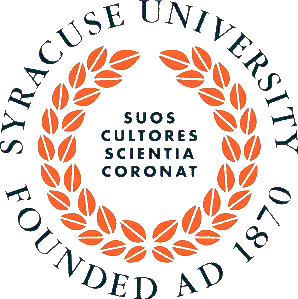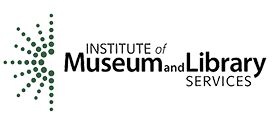Universal Design for Learning (UDL)
Universal Design for Learning principles provide the guidance for designing learning that is inclusive, meeting the needs of all learners. When designing learning activities that encourage innovation, it is critical that these activities are accessible to and do-able by all children.
To help you create inclusive learning activities, the National Center on Universal Design has developed three design principles for inclusive learning environments:
1. Multiple means of engagement: Motivational strategies to stimulate interest and excitement for learning can result in more purposeful, motivated learners. The ARCS Model is a great resource for strategies for engaging student learning.
2. Multiple means of representation: Offering opportunities for your mentee to learn using one or multiple presentation modes allow students to select one or more ways for accessing content. For some students these choices are a necessity rather than a preference. For example, a student with a vision disability would benefit from being able to hear the content.
3. Multiple means of action & expression: Differentiating the ways mentees can choose to express what they know or have learned can result in more strategic, goal-directed young innovators. Differentiation also allows those young innovators to be more creative in the way they express what they have learned or created.
By considering each of the three principles of Universal Design for Learning, you will ensure equity for all prospective young innovators.
For more information on UDL principles, go to: http://www.udlcenter.org/aboutudl/udlguidelines_theorypractice
The Innovation Destination
The Innovation Destination was designed and evaluated by a team from the Center for Digital Literacy at the School of Information Studies, Syracuse University and developed by Data Momentum Inc, in partnership with the Connecticut Invention Convention, By Kids for Kids, New York On Tech, and over 70 school librarians and young innovators.
This site has been serving the youth invention community from 2015 - present.




